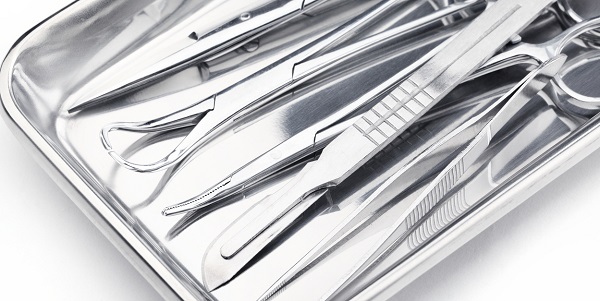Amendment to standard for validation and routine control of ethylene oxide sterilization finalised

First amendment to EN ISO 11135:2014 ready for publication
An amendment to EN ISO 11135:2014 - Sterilization of health-care products - Ethylene oxide - Requirements for the development, validation and routine control of a sterilization process for medical devices – has been completed and is awaiting publication. The amendment changes one of the Annexes in the standard - Annex E: Single batch release. This annex covers requirements for releasing product from a sterilization process that is not in routine production – for example, during design and development, including product for clinical investigation. This approach can be applicable if a new product cannot be assigned to an existing family of products for the purposes of sterilization validation. The approach can only be used to release product to market from multiple batches where the information from the single batch is part of a full validation protocol.
In addition, the amendment makes changes to the Annex Zs which show the relationship between the standard and the Directives for active implantable medical devices, medical devices and in vitro diagnostic medical devices.
The changes to Annex E provide more detail, in particular on the need to select a suitable sample of products for:
- evaluating bioburden;
- determining a suitable process challenge device (PCD) with biological indicators (BIs) to be incorporated within the sterilization load;
- performing tests of sterility;
- determining ethylene oxide residuals;
- performing stability tests, functionality tests, testing for biological safety and any other necessary evaluations, such as tests for the presence of bacterial endotoxins.
The approach described in Annex E is to expose the sterilization load, incorporating PCDs with BIs, and temperature and humidity sensors, to an ethylene oxide process with the exposure time set to half the sterilization cycle time (called a half cycle). The BIs from the PCDs are tested and product items from the half cycle undergo a test of sterility. After aeration and equilibration to ambient conditions, the load from the half cycle undergoes a full sterilization cycle with temperature and humidity sensors and new PCDs incorporating BIs included. Product is tested for functionality and ethylene oxide residuals after exposure to both the half cycle and full sterilization cycle. Criteria for release of product include:
- conformance to the process specification for the half cycle and full sterilization cycle;
- no growth from BIs from the half cycle and full sterilization cycle;
- no positive tests of sterility from the half cycle;
- ethylene oxide residual levels complying with EN ISO 10993-7 - Biological evaluation of medical devices - Ethylene oxide sterilization residuals - after exposure to both the half cycle and full sterilization cycle.
EN ISO 11135:2014 has not yet superseded EN ISO 11135-1:2007 in the list of standards harmonised under the European Directives for medical devices in the Official Journal. The changes to the Annex Zs provide more detail on the aspects of the Essential Requirements of the Directives that are not covered by the standard. The changes clarify that EN ISO 11135:2014 includes requirements that the sterilized medical device is safe and performs as intended after sterilization, that design and packaging for maintenance of sterility during transportation and storage are not covered, nor are aspects of manufacture other than those related to sterilization by ethylene oxide. This aligns the Annex Zs with those recently accepted in other standards validation and routine control for other methods of sterilization. EN ISO 11135:2014 incorporating this amendment is on the draft list of standards being discussed for harmonisation under the Medical Devices Regulation (MDR) and In Vitro Diagnostic Medical Devices Regulation (IVDR). It will require a further amendment to the European adoption to add Annexes Zs for the MDR and IVDR.
Author: Eamonn Hoxey, of E V Hoxey Ltd, UK, is a writer, trainer and consultant on a range of life science areas including regulatory compliance, quality management, sterility assurance and standards development
The Compliance Navigator blog is issued for information only. It does not constitute an official or agreed position of BSI Standards Ltd or of the BSI Notified Body. The views expressed are entirely those of the authors.

